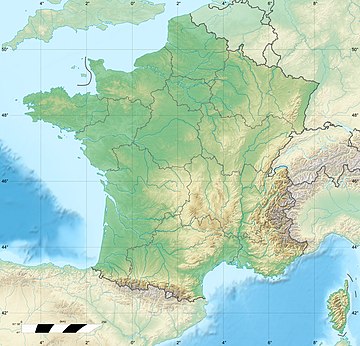
Across France Protestants responded to Condé's manifesto and the beginning of the first French War of Religion by seizing cities and taking control of territories. In total around 20 of the 60 largest cities in the kingdom would fall under rebel Protestant control. Among them Lyon, Tours, Amboise, Poitiers, Caen, Bayeux, Dieppe, Blois, Valence, Rouen, Angers, Le Havre, Grenoble, Auxerre, Beaugency, Montpellier, Mâcon and Le Mans. In the areas of Protestant domination iconoclasm and the seizure of churches was often undertaken. Protestant armies attempted to seize more cities that had not fallen to them. Among the leading Protestant commanders were the comte de Crussol (count of Crussol) who assumed a position of leadership in Languedoc and Dauphiné; the baron des Adrets in Dauphiné, the seigneur de Duras (lord of Duras) in Guyenne; the prince de Porcien in Champagne and the comte de Montgommery in Normandie.
This decentralised uprising would not be unopposed, and after initially being caught off guard by the sudden and dramatic nature of the conquests, local Catholic royalist commanders would begin to recapture the territories in their provinces. This included figures such as the seigneur de Monluc in Guyenne and Languedoc, the vicomte de Joyeuse (viscount of Joyeuse) in Languedoc; the comte de Sommerive in Provence; the duc d'Aumale in Normandie and the duc d'Ėtampes in Normandie. This would involve street battles to stop attempted Protestant seizures of cities (as in Toulouse and Bordeaux), the reduction of Protestant held cities (as with Poitiers and Rouen) and field battles (as in the defeat of the Protestant army of Duras by Monluc's army at Vergt in October.
By the end of 1562 the rebel Protestant presence in much of France had been successfully neutralised. However, in Languedoc and Dauphiné they remained entrenched under Crussol's leadeship. Meanwhile Admiral Coligny oversaw the resurgence of their cause in Normandie shortly before the end of the war.
© MMXXIII Rich X Search. We shall prevail. All rights reserved. Rich X Search

